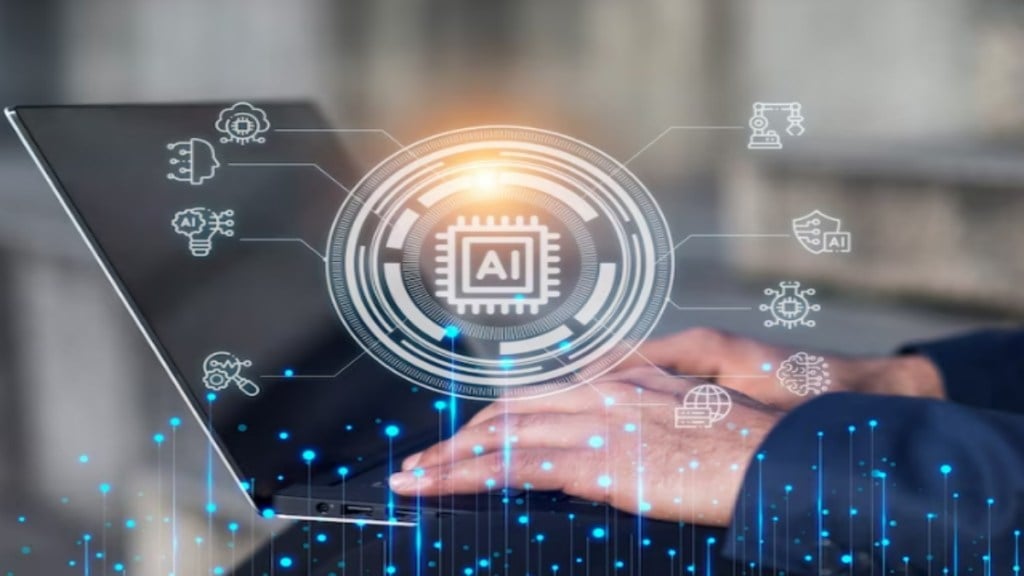By Ramakrishnan Jonnagadla
The rise of generative AI (GenAI) as a solution to automate manual-intensive and repetitive tasks is revolutionizing how we make software, using software development life cycle (SDLC). Whether it is creating UIs, tests, and documentation and allowing developers to focus on more complex tasks, or completing code and bug-fixes, Generative AI can drastically cut down the time required to develop complex codebases and lead to faster time-to-market for products. And ultimately drive benefits like reducing time, increasing productivity, and improving the quality of overall software development.
The opportunities in SDLC phases
The traditional SDLC phase typically follows a sequential flow starting from “Planning & Requirement analysis à Designing the software à Developing the software à Software testing à Software deployment and extends through Software maintenance”. Opportunities along each of these phases are being addressed effectively by GenAI delivering productivity improvements in the range of ~30-60%.
Phase 1: Planning & Requirement analysis:
Opportunity: linear and sequential processes, leading to misunderstandings and scope changes. Solution is to adopt agile/iterative approach with frequent feedback, test & adapting requirements throughout
GenAI boost: NLP based inputs to develop, validate, and optimize requirements; compare with historic data to identify and resolve inconsistencies, ambiguities, and gaps in the requirements; with industry standards, offer feedback, suggestions, and best practices to enhance the quality and clarity of the requirements; summarize to facilitate collaboration and communication among stakeholders and developers.
Phase 2: Designing the software:
Opportunity: from selecting the right techstack, design & architecting, stakeholder communication & documentation, and risk provision, this phase is human intelligence intensive.
GenAI boost: recommending potential technologies and viable alternatives based on defined requirements; with industry best practices support architects in tech-stack selection & technical decision-making; expedite creating deployment architecture diagrams; address cross-functional requirements by providing insights.
Phase 3: Developing the software:
Opportunity: Waterfall approach can be inflexible and slow to adapt, lead to delayed feedback and difficult to accommodate change.
GenAI boost: generate code automatically based on natural language specifications or sketches; automate testing and debugging processes; optimize the generated code for performance and security; unit test case generation & validation.
Phase 4: Software testing:
Opportunity: manual processes, time-consuming, error-prone, and costly.
GenAI boost: interpret and derive test cases from natural language specifications; metrics through feedback and insights on the quality of the testing process, including information on the effectiveness of test cases and coverage metrics; learn from previous test results, adapting and improving testing approach by analyzing historical data to identify patterns, trends, and areas for enhancement.
Phase 5: Software deployment:
Opportunity: involve manual coordination between developers and operators, resulting in errors, delays, and inefficiencies
GenAI boost: automating infrastructure configuration, containerization, and orchestration tasks
Phase 6: Software maintenance:
Opportunity: manual SOP driven processes are prone to errors and inconsistencies, resulting in inadequate quality, increased costs, and reduced customer satisfaction.
GenAI boost: recommendations for preventive actions and optimal schedules for maintenance tasks; automate routine and repetitive tasks using robotics and digital assistants; provide real-time feedback and guidance to managers.
Adopting a GenAI driven SDLC can pose some challenges that include code quality assurance, seamless integration with existing systems, ethical concerns, performance & security optimization, skill and knowledge gaps. However, these are addressable risks and a well adopted GenAI driven SDLC can drive immense value to the enterprise in the long run from both cost effectiveness & quality of IT ecosystem perspective.
The author is Vice President, Engineering, Ascendion.
Disclaimer: Views expressed are personal and do not reflect the official position or policy of Financial Express Online. Reproducing this content without permission is prohibited.

